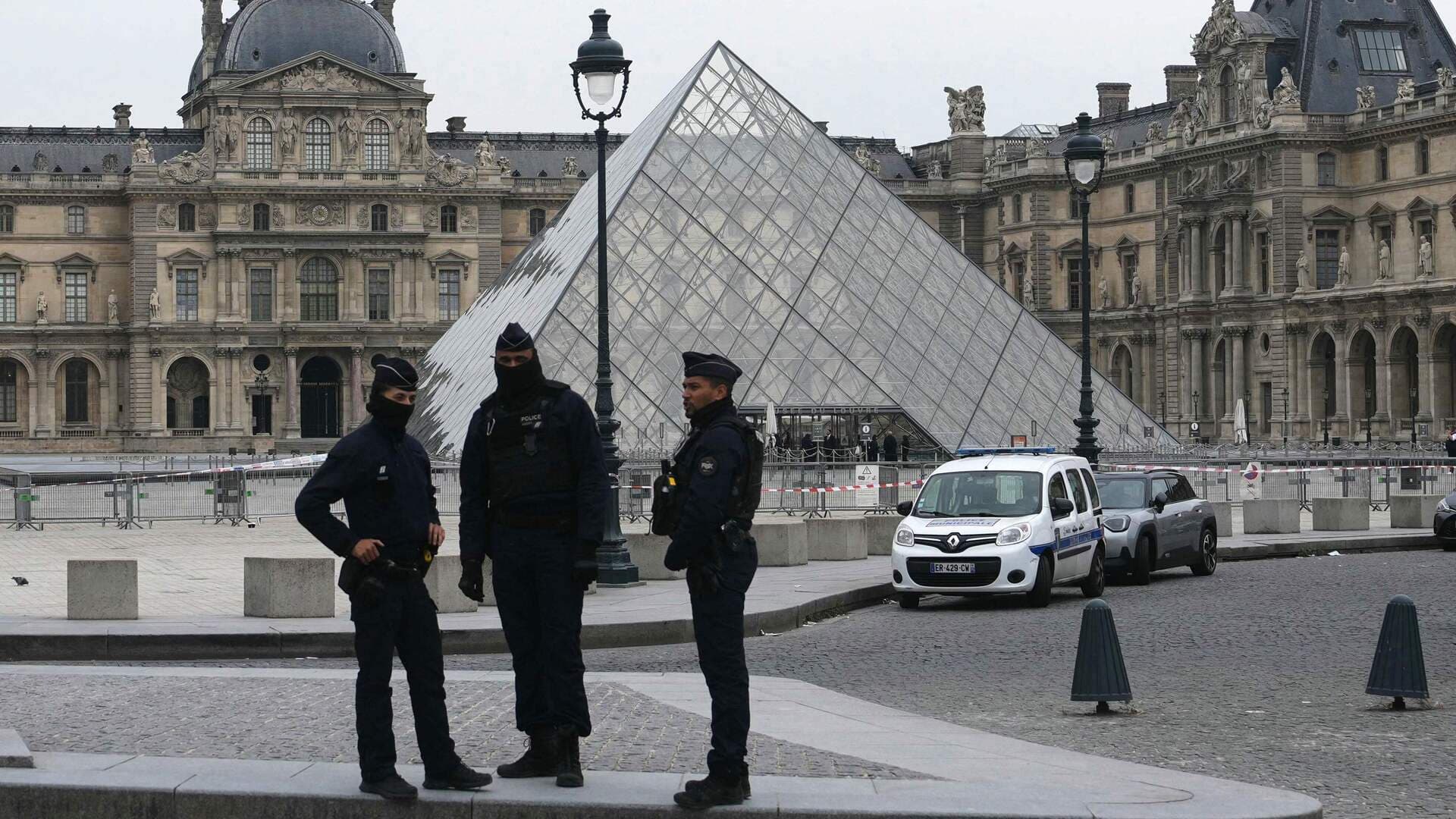Loading News Article...
We're loading the full news article for you. This includes the article content, images, author information, and related articles.
We're loading the full news article for you. This includes the article content, images, author information, and related articles.
A sophisticated gang executed a swift, four-minute robbery at the Louvre Museum in Paris on Sunday, October 19, 2025, making off with eight priceless items from the French Crown Jewels collection and raising serious concerns about the security of national treasures.

A high-value robbery at the world-renowned Louvre Museum in Paris on Sunday, October 19, 2025, saw a professional gang steal eight items from the French Crown Jewels, prompting immediate investigations and questions about the museum's security protocols. The heist, described by French Interior Minister Laurent Nuñez as a "major, highly organized operation," lasted a mere four to seven minutes.
The audacious theft occurred around 9:30 AM EAT, shortly after the museum opened its doors to the public. The thieves, reportedly numbering four, used a truck equipped with a basket lift to access a first-floor window of the Apollo Gallery, the section housing the historic French Crown Jewels. They then employed a disc cutter to breach the window, triggering alarms, before smashing display cases to grab their loot.
The Louvre, a former royal palace and now the world's most visited museum, has a long history of housing invaluable art and artifacts. The French Crown Jewels, a collection of crowns, diadems, and parures, symbolise centuries of French monarchy and imperial power. While many original pieces were sold off after the French Revolution in 1789 and again in 1885 by the Third Republic, significant items from the 19th century, particularly those associated with Napoleon and Napoleon III's imperial families, remain.
This robbery marks the most significant theft at the Louvre since the Mona Lisa disappeared in 1911, and the first art theft since 1998. The incident has drawn swift condemnation from French President Emmanuel Macron, who stated on X (formerly Twitter) that the theft was "an attack on a heritage that we cherish because it is our History."
Following the heist, French Interior Minister Laurent Nuñez and Culture Minister Rachida Dati promptly arrived at the museum to oversee the initial stages of the investigation. Nuñez, who assumed his role on October 12, 2025, has a background in intelligence and counter-terrorism, having previously served as Head of the National Center of Intelligence and Counter-Terrorism (CNRLT) and director-general of the General Directorate for Internal Security (DGSI). His immediate focus will be on enhancing security measures at national heritage sites, especially given recent thefts at other French museums.
The Louvre Museum announced its closure for the day due to "exceptional reasons," with tourists being ushered out of the complex as police secured the area. Culture Minister Rachida Dati described the operation as "very professional," indicating the organised nature of the criminal gang. No injuries were reported among the public or museum staff during the incident.
The stolen items include a sapphire tiara, necklace, and earring set worn by Queen Marie-Amélie and Queen Hortense; an emerald necklace and earrings belonging to Empress Marie-Louise (Napoleon Bonaparte's second wife); a tiara and large brooch of Empress Eugénie; and a "reliquary brooch." A ninth item, Empress Eugénie's emerald-set imperial crown, was recovered outside the museum after being dropped by the fleeing thieves, albeit reportedly broken.
The thieves made their escape on motorbikes, heading towards the A6 autoroute. Police recovered "two angle grinders, a blowtorch, gasoline, gloves, a walkie-talkie, a blanket and a crown" at the scene.
This high-profile robbery underscores the persistent vulnerability of even the most secure cultural institutions to determined criminal enterprises. The use of construction equipment and power tools highlights a potential lapse in external perimeter security, especially near ongoing works. The incident could prompt a comprehensive review of security protocols across major European museums, particularly those housing high-value collections.
The exact value of the stolen jewels has been described as "inestimable" and "incalculable" due to their historical and heritage significance. It remains a mystery why the thieves did not target the Regent Diamond, valued at over $60 million USD, which was left in its display case. The full extent of the damage to the recovered Empress Eugénie's crown is also yet to be detailed.
The investigation will focus on identifying the perpetrators and recovering the stolen jewels. Attention will also be on the Louvre's response to security concerns and potential upgrades to protect its vast collection. This incident may also spark a broader discussion on international cooperation in combating art theft and the illicit trade of cultural heritage.
Keep the conversation in one place—threads here stay linked to the story and in the forums.
Other hot threads
E-sports and Gaming Community in Kenya
Active 6 months ago
Popular Recreational Activities Across Counties
Active 6 months ago
The Role of Technology in Modern Agriculture (AgriTech)
Active 6 months ago
Investing in Youth Sports Development Programs
Active 6 months ago